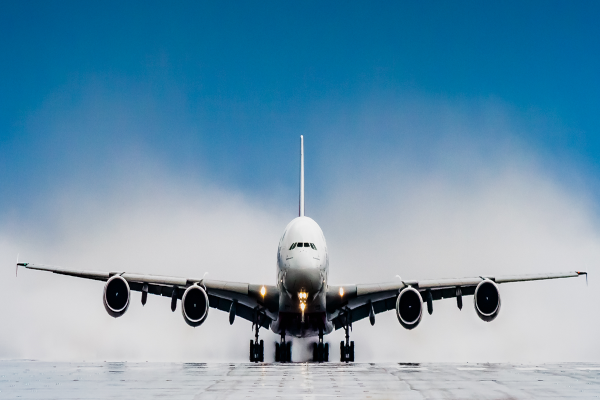Published in Administrative Sciences
lead by prof. Ugo Arrigo
Introduction
The airline industry is a highly competitive and dynamic sector. In recent years, major European airlines have faced increased competition from low-cost carriers, which have disrupted traditional business models and forced incumbents to adapt their strategies. This paper explores the strategic responses of major European airline incumbents to increasing competition, with a focus on the following research questions:
- Which levers and strategic behaviors have flag carriers employed to cope with increased competition?
- Do all flag carriers’ strategic behaviors converge in response to the evolving market?
- How do internal and external factors correlate with these strategies?
The research method is based on a multiple case study analysis. We selected four major European markets: Italy, Spain, France, and Germany. We collected data from a variety of sources, including industry reports, news articles, and company financial statements. We also conducted interviews with industry experts and managers of major European airlines.
Main findings
Our findings suggest that major European airline incumbents have adopted a five-pillar strategic framework to cope with increasing competition:
-
Strategic focus toward long-haul: Major European airlines have been shifting their focus to long-haul routes, which are more profitable than short-haul routes.
-
Emphasis on cost reduction: Major European airlines have been implementing cost reduction measures across all aspects of their operations, including fleet management, labor costs, and distribution channels.
-
Hybridization of business: Major European airlines have been adopting hybrid business models that combine elements of traditional full-service carriers and low-cost carriers.
-
Geostrategic positioning: Major European airlines have been prioritizing keeping a dominant market share in domestic hubs to limit competition from low-cost carriers.
-
Aggregation dynamics: Major European airlines have been pursuing mergers and acquisitions to improve operational efficiency and expand business.
Our findings also suggest that the strategic responses of major European airline incumbents have been shaped by a number of factors, including the competitive landscape in their home markets, the regulatory environment, and the global economic climate.
Managerial Implications
Our findings have a number of managerial implications for major European airlines. Our research suggests that airlines should:
- focus on expanding their long-haul routes and reducing their costs.
- adopt hybrid business models that can compete with both full-service carriers and low-cost carriers.
- prioritize keeping a dominant market share in key domestic hubs.
- consider pursuing mergers and acquisitions to improve their competitive position.
Conclusion
Major European airline incumbents are facing a number of challenges as they adapt to the changing competitive landscape. However, by adopting a strategic framework that focuses on long-haul routes, cost reduction, hybridization, geostrategic positioning, and aggregation, major European airlines can improve their competitive position and achieve sustainable success.




